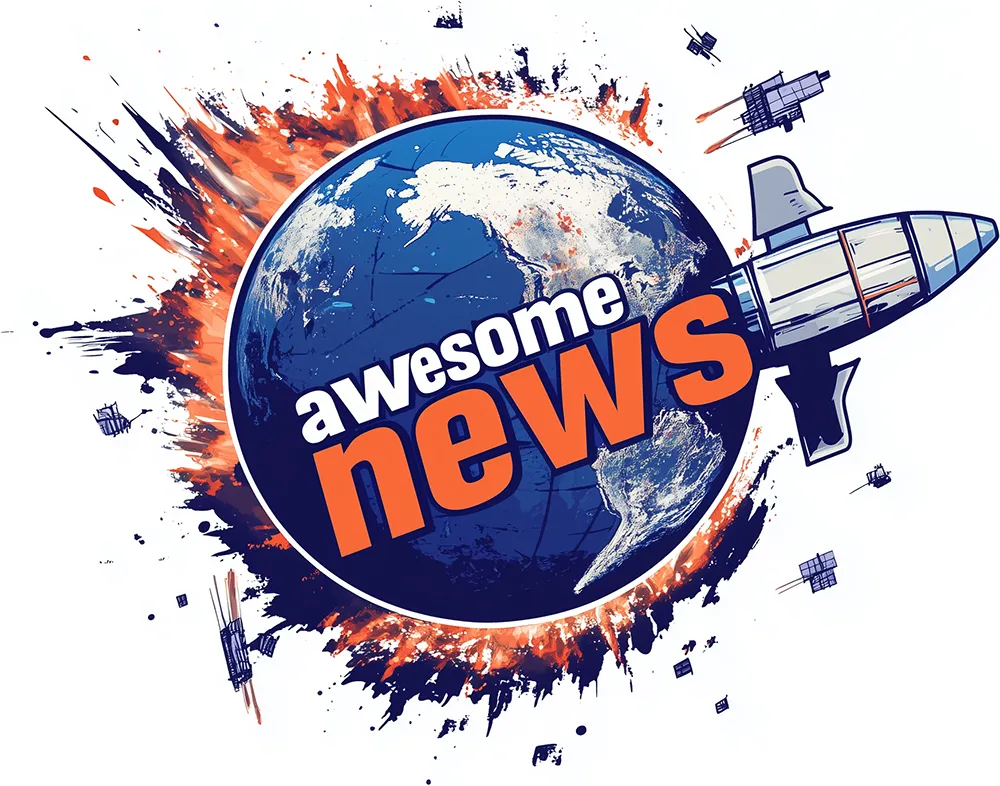In the ever-evolving landscape of modern politics, the electorate has proven to be a dynamic and unpredictable force. As we dive deeper into this fascinating subject, it becomes clear that the shifts we’ve witnessed in recent years have challenged traditional political narratives and left even the savviest analysts scratching their heads. Let’s embark on a journey to understand these surprising shifts and explore what they mean for the future of politics.
The Pulse of the Modern Electorate
The electorate today is not the same as it was just a few decades ago. Changing demographics, technological advancements, and evolving social values have contributed to the transformation. Voters are no longer easily categorized into predictable groups, and their motivations are as varied as ever. To truly understand these shifts, we must first recognize the key forces at play.
Demographic Changes
A significant driver of change in the electorate is the rapidly shifting demographics within the United States. The country is becoming more diverse, with minority groups making up a larger portion of the voting population. The rise of millennials and Gen Z, who prioritize different issues than their predecessors, is also playing a crucial role.
Key demographic factors include:
- The growing influence of Latino, Asian, and Black voters.
- The increasing political participation of younger voters.
- The suburbanization of minority populations.
These demographic trends have significant implications for political parties and their strategies. A one-size-fits-all approach no longer works, and both parties must adapt to this new reality to remain relevant.
Technological Advancements
The digital age has brought about profound changes in how we communicate, access information, and engage politically. Social media platforms, in particular, have transformed the political landscape, giving rise to new forms of activism and shaping public discourse.
Key technological influences include:
- The power of social media in shaping political narratives.
- The role of data analytics in targeting and understanding voters.
- The influence of fake news and misinformation on voter perceptions.
These technological advancements have not only provided new tools for political engagement but have also introduced challenges, such as echo chambers and the spread of misinformation, which complicate efforts to understand the electorate.
Evolving Social Values
As society evolves, so do its values. Issues that once held sway in political debates may no longer resonate with today’s voters, while new issues emerge as pressing concerns. This evolution reflects broader cultural shifts and changing priorities.
Key value shifts include:
- The growing importance of climate change and environmental issues.
- The increasing focus on social justice and equality.
- The changing attitudes towards healthcare and economic inequality.
Modern voters are looking for political candidates and parties that address these values authentically and effectively, driving significant shifts in support across the political spectrum.
The Surprising Political Reconfigurations
As these factors converge, they create fertile ground for unexpected and significant shifts within the electorate. Traditional political affiliations are being redefined, and the surprises that arise from elections have left experts continually adjusting their strategies and predictions.
Realignment of Political Parties
As the electorate evolves, political parties must reevaluate their platforms and strategies. This has led to surprising realignments that have challenged conventional wisdom about American politics.
Examples of political realignment include:
- The Republican Party’s growing appeal in working-class and rural communities.
- The Democratic Party’s increasing success in affluent suburbs.
- Third-party movements gaining traction among dissatisfied voters.
These realignments indicate a broader reconfiguration of political ideologies and priorities, pushing parties to adapt or risk losing their foothold.
Unexpected Voting Patterns
While predictable voting patterns have existed in the past, the current electoral landscape is characterized by its unpredictability. Americans are no longer voting strictly along party lines, and new coalitions are emerging.
Surprising voting patterns include:
- Substantial crossover voting, where voters choose candidates outside their traditional party lines.
- Regional shifts that defy longstanding trends, such as Southern states leaning more Democratic.
- The influence of single-issue voter blocs, such as those focused on gun rights or abortion access.
These patterns underscore the importance of understanding voter motivations and connecting with them in meaningful ways.
The Challenge of Forecasting Elections
Given the complexity of the modern electorate and the multitude of factors at play, forecasting elections has become an increasingly challenging endeavor. Political analysts must navigate a minefield of variables and potential surprises, constantly refining their methodologies to keep pace.
Data and Analytics
Data and analytics have transformed the way campaigns are waged and elections are forecasted. Advanced modeling techniques and voter data analysis provide new insights into voter behavior, although their accuracy is not foolproof.
Challenges associated with data analysis include:
- Accounting for rapidly changing voter sentiment and preferences.
- Addressing biases inherent within data sets.
- Interpreting data in a dynamic political landscape.
Despite these challenges, data remains a valuable tool for understanding broad electoral trends and informing campaign strategies.
The Influence of Polls
Polling has long been a staple of electoral forecasting, but its accuracy has come under scrutiny in recent years. Fluctuating response rates, small sample sizes, and biased question wording contribute to the unpredictable nature of polling data.
Factors affecting polling accuracy include:
- The difficulty of reaching diverse and representative samples of the population.
- The increasing reluctance of individuals to participate in polls.
- The challenges of adapting polling methodologies to new technologies.
While polls provide valuable insights, they are only a snapshot of a moment in time and should be interpreted with caution.
Embracing the New Normal in Politics
The modern electorate is characterized by its astonishing fluidity and unpredictability. Acknowledging and understanding this reality is essential for political parties, analysts, and voters alike as they navigate an ever-changing political landscape.
Ways to embrace the new normal include:
- Adapting political strategies to resonate with diverse and evolving voter bases.
- Harnessing technology to engage and inform voters effectively.
- Encouraging dialogue and open discourse to bridge divides and build understanding.
As we continue to witness surprise shifts in the electorate, it is vital to remain open-minded and adaptable. The path forward requires a willingness to listen, learn, and engage with the complexities and challenges that define our democracy.
In conclusion, the shifts we see in the modern electorate are both exciting and bewildering, reflecting profound transformations within society. By embracing these changes and striving to understand their underlying causes, we prepare ourselves for a future where democracy is vibrant, resilient, and truly representative of the people it serves.



